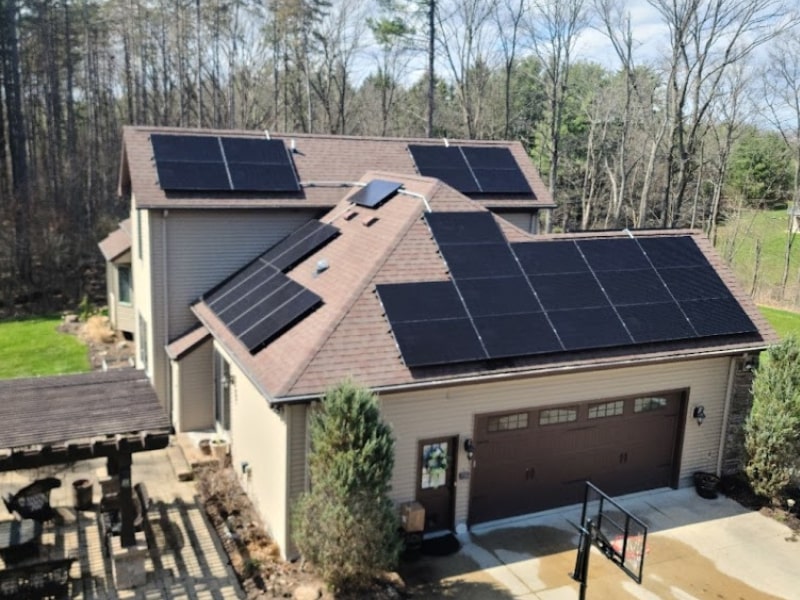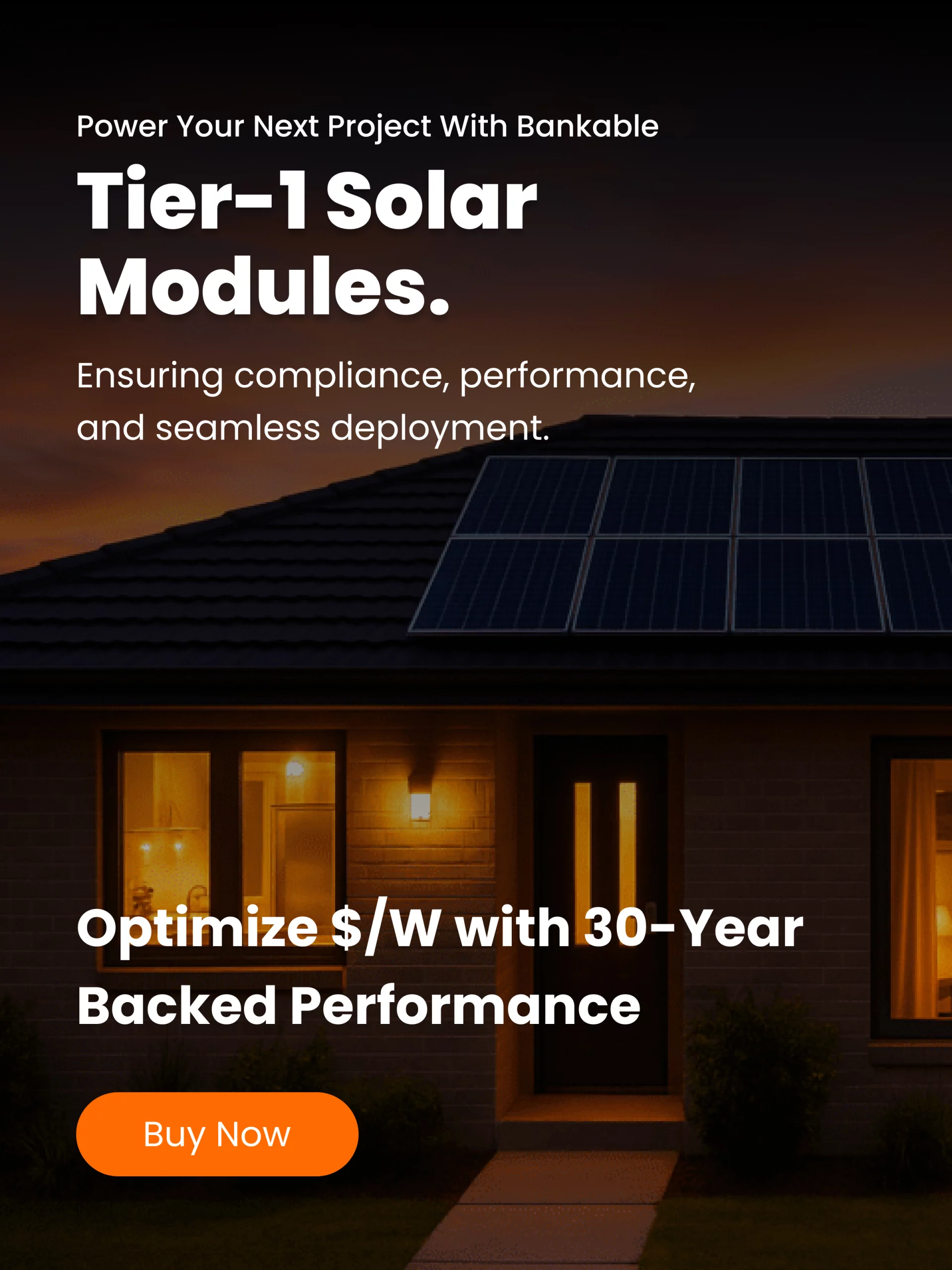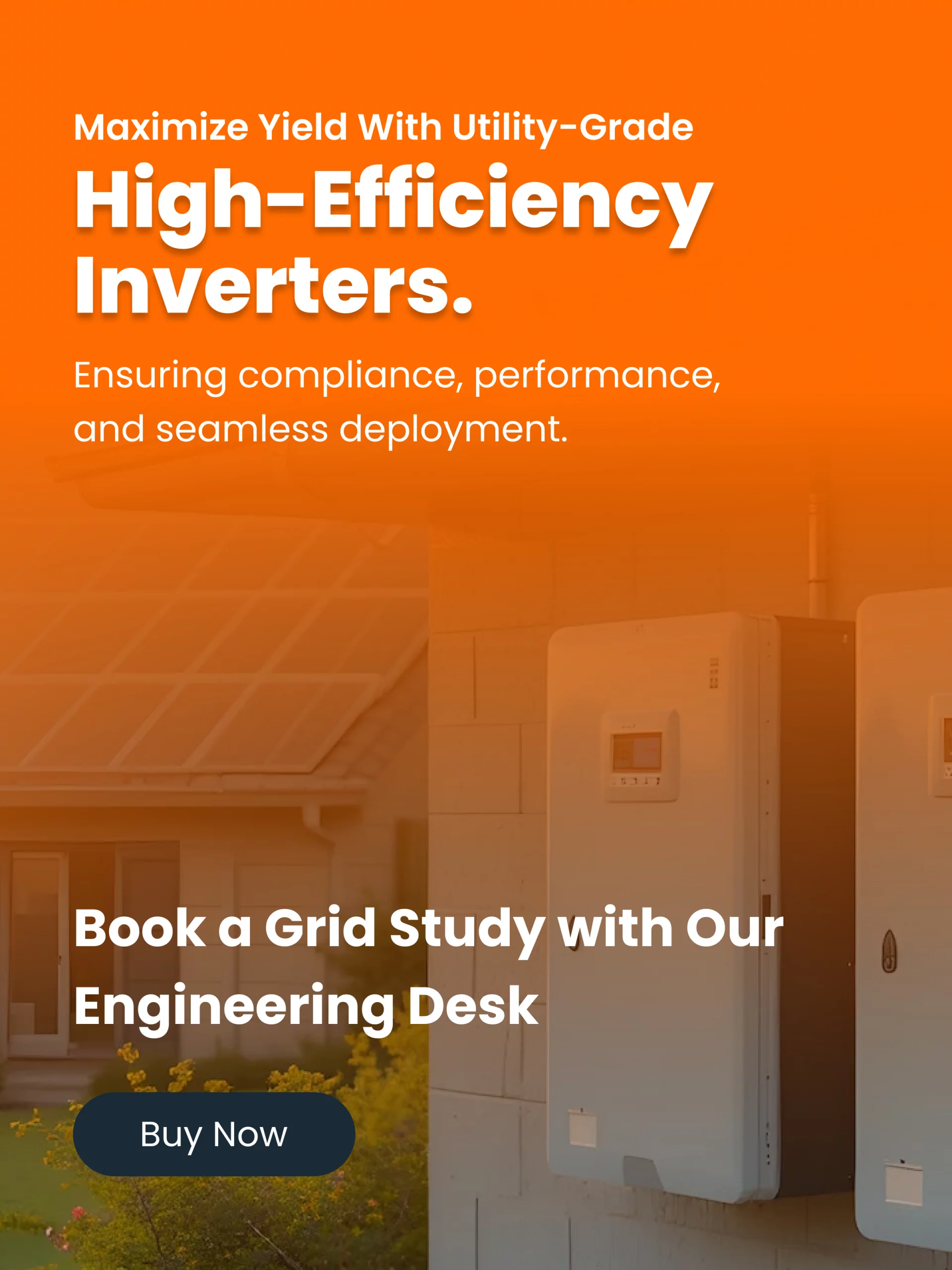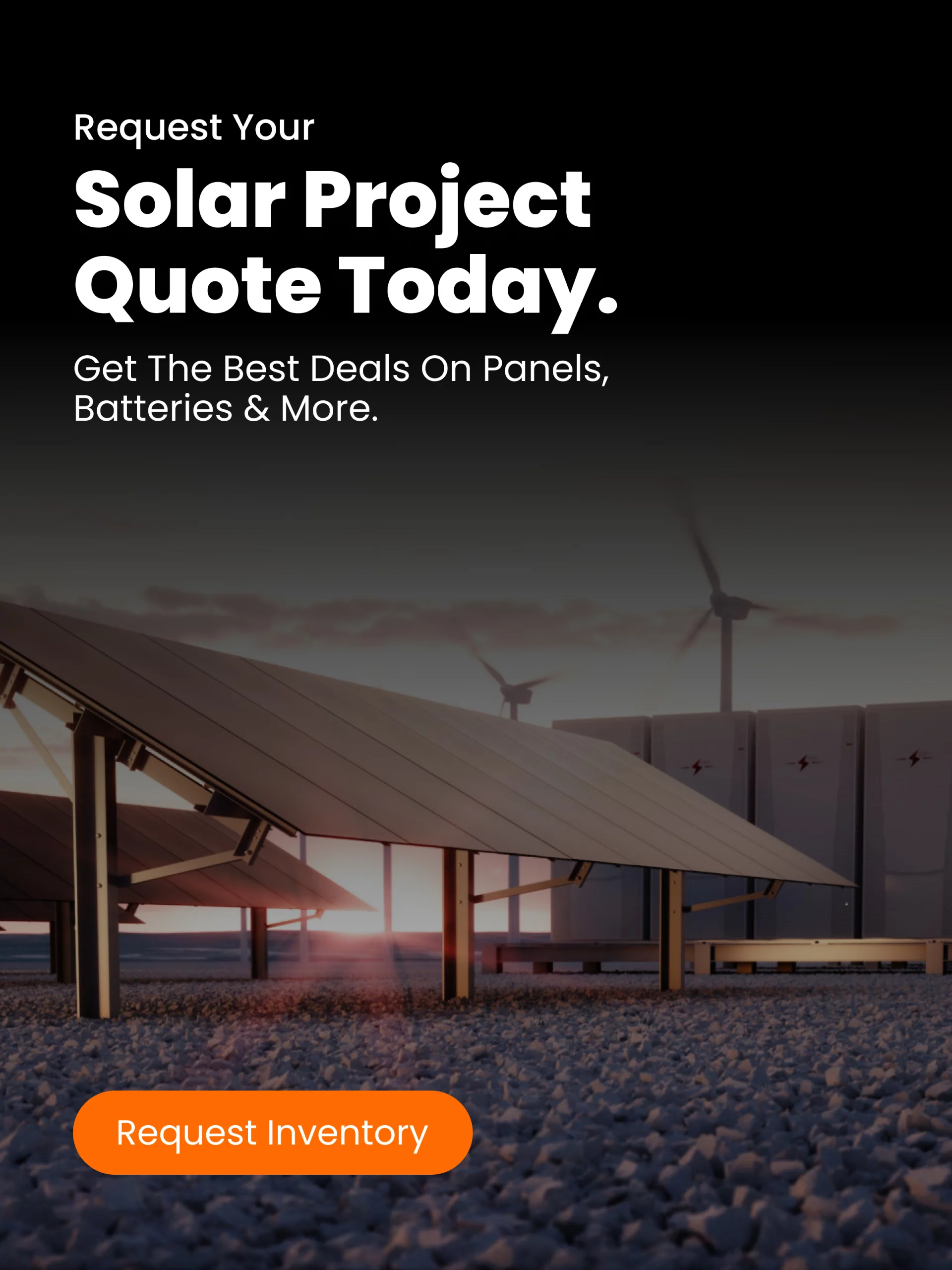Looking for a way to add value to your home? One oft- overlooked way to do it is by installing a grid-tied solar array. This type of system uses the electrical grid and your home solar panels, sending electricity in both directions based on need and production.
A grid-tied solar system generates electricity at all times that viable sunlight is available. Your solar panels will power your electronics if you are using electricity in your home while the panels are producing energy. Any excess energy is redirected to the electrical grid and counted as energy credits by your utility company.
The external electrical grid meets your electrical needs when the system is not producing power (i.e. nighttime). Over the months, what you produce and provide to the grid is measured against what you take from the grid. This option relates to solar panels tied to the electrical grid. There are other alternatives involving a battery reserve, securing greater energy independence, but this blog is only discussing a direct grid-tied system.
Now that you have a baseline understanding of a grid-tied solar system, here are four ways that installing this type of system will get you a return on investment.
1: Ongoing Electric Savings
When you use electricity during solar energy producing hours, that electricity applies towards your uses. You’ve produced this and therefore are not paying the electric company for this energy. Think of it as free electricity for as long as the sun shines and your equipment works. Section 3 covers more about “net zero energy builds” in California and some other states.
2: Avoiding Utility Price Increases with Net Metering.
The cost of goods and services is certain to rise year after year because of inflation. One way to avoid this is to be your own utility company. Although a grid-tied solar system is not an exclusive energy solution, it reduces your costs because of Net Metering.
Because you are producing electricity, the utility company has to match your unit of electricity for the same price as theirs. As inflation drives up the cost per gigawatt hour, your electricity has the same value. Try to find another investment guaranteed to sustain market value every year!
3: Your Home Has a Solar Premium Attached to It
According to 2019, economic research completed by real estate giant Zillow, solar homes sold at a 4% premium and around 80% of buyers said they preferred energy-efficient homes. If that has held true over the last three years throughout the current real estate bubble, solar will show a high return on investment.
Solar is especially popular in California. As early as 2013, builders started constructing “net-zero energy builds’ that produced as much energy as they took in. This ushered in a new generation of energy efficient home builds and foresaw California, requiring most future builds to include solar panels, and Arizona and some areas of southern Florida do as well.
With panels becoming the norm in leading real estate markets like these, buyers will expect it and be willing to pay more in other markets.
4: Solar Tax Break
When purchasing a grid-tied solar panel system, you need to recognize that this is an investment in your home, your energy independence, and future environmental stability. The overall expense of your project can vary for several reasons, but take solace in knowing that in 2022 you can take advantage of a Federal Tax Investment Credit of 26%. There are additional tax rebates available on a state-by-state basis. While we are not tax experts, we can confirm that, as a general rule, nearly all equipment and labor will be included in your federal credit.
We’d love to hear from you!
If you’re looking to invest in your home, solar panels are a simple choice. Our experts are available 24/7 to discuss how to do it from a technical or financial standpoint. Contact us any time for more information!




